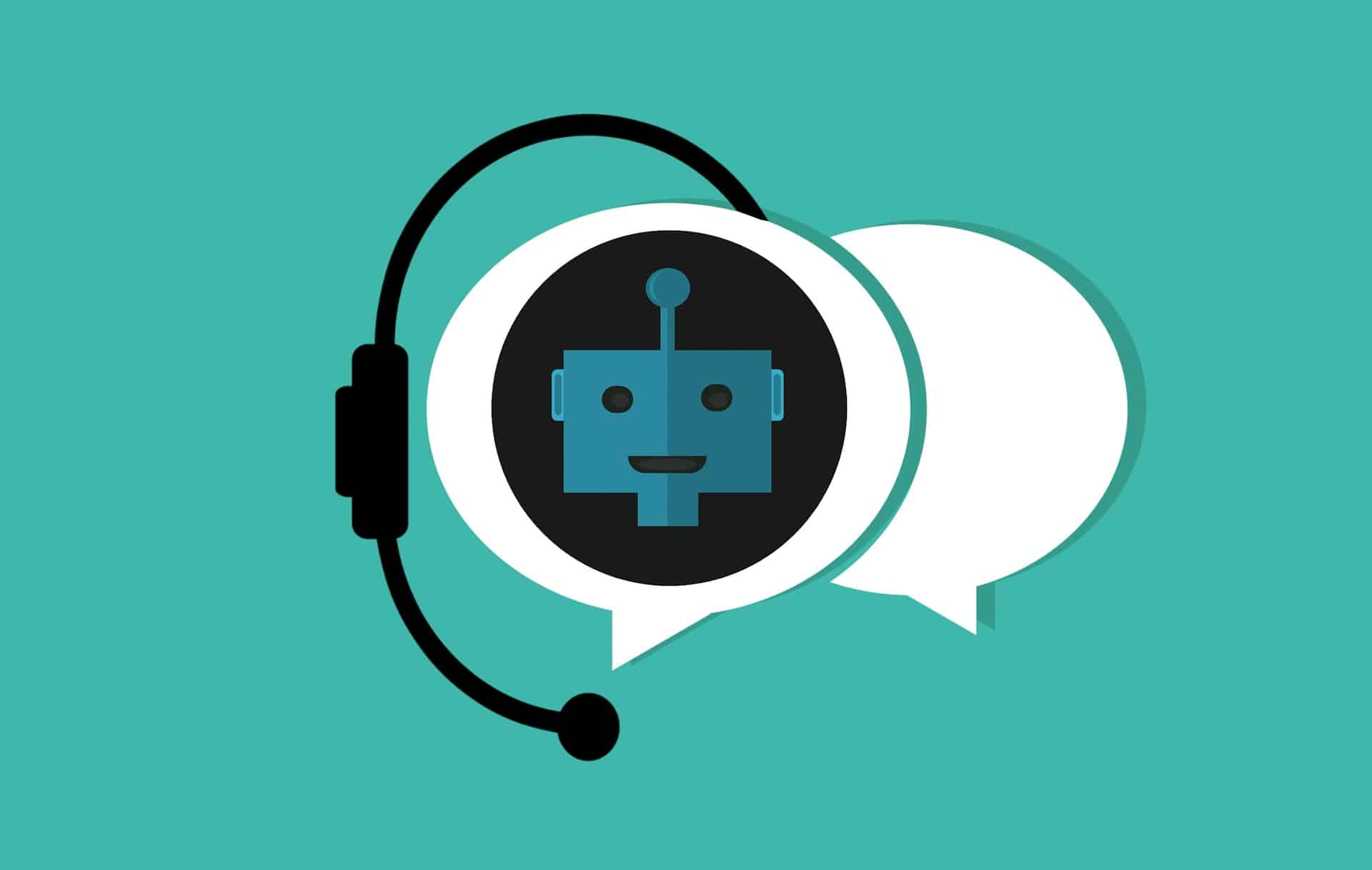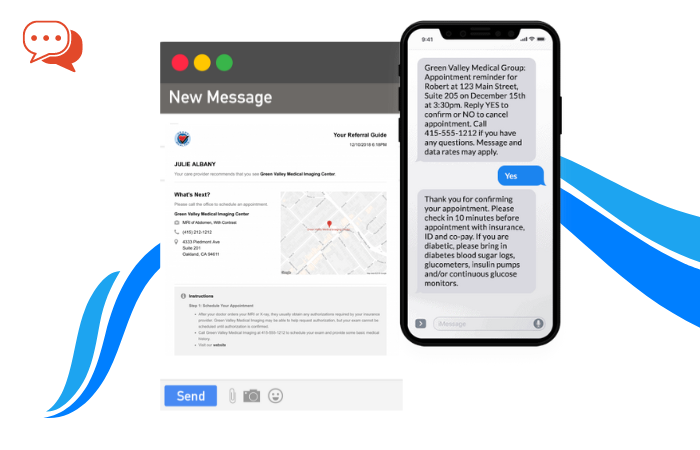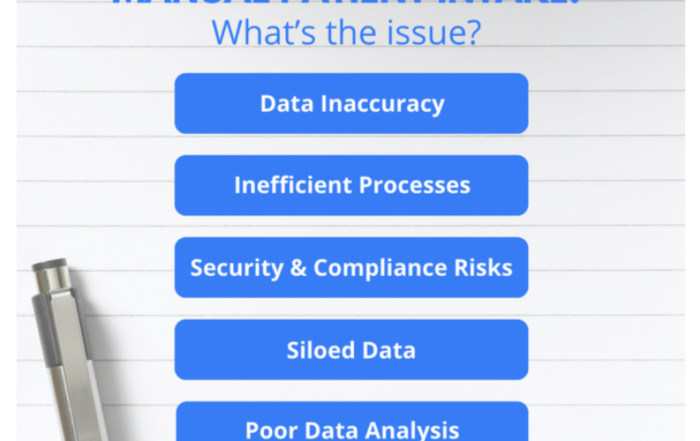Healthcare has come a long way since doctors made house calls and gave out lollipops to children. Artificial Intelligence (AI) now plays a vital role in helping people find healthcare solutions. One significant factor in determining a city’s quality of life is its access to healthcare. AI Chatbots that connect people to care, whether in urban or rural areas, will improve quality of life, patient engagement, and access to care. How are AI chatbots improving patient engagement and healthcare today?

AI Basics
Artificial Intelligence chatbots provide immediate information to questions typed into a search box. Patients can schedule appointments, request prescription refills, receive reminders, and access simple health information. Medical offices will receive fewer phone calls for these easy-to-answer requests, which means more of the staff’s time is spent on patients in the office.
Natural Language Processing
AI chatbots take on “human” qualities with the ability to understand patient questions conversationally. Natural Language Processing uses machine learning through computers and alphabets to communicate. With NLP, computers and digital units recognize, comprehend, and generate text and speech.
Features
Medical AI Chatbots have several features to make the healthcare process more accessible for patients and administrators. For example
- Chatbots access and update patient data that are integrated with Electronic Health Records.
- Medical advice for primary symptoms. AI chatbots evaluate a patient’s symptoms, directing the person to the best type of doctor for appropriate care.
- Prescription refill reminders. AI chatbots remind patients to refill their scripts.
- Scheduling. Scheduling and canceling doctor appointments by AI cuts down on administrative needs.
- Technology. Healthcare technologies include AI, biometrics, digital health, remote patient monitoring, outreach, and telehealth.

Photo by mohamed_hassan on Pixabay
Encouraging Patients to Use AI Chatbots
Just because something is “cool” in the technological world doesn’t mean everyone will go for it. Regardless of age, some people want to talk to a real person, not a computer. Patients may be, and have a right to be, concerned about the information they provide and receive from AI.
Along with ethical considerations of AI-powered chatbots in healthcare, patients are concerned about misdiagnoses, privacy and security, algorithms, consent, HIPAA compliance, and the “human touch.”
With all that in mind, here are some ways to encourage patients to use AI chatbots.
- Keep the process simple. Some patients cannot easily articulate their concerns. If the AI cannot answer a question, don’t have it start the process again. (There’s nothing so frustrating as trying to explain something to a computer that doesn’t understand!). Send the patient to a natural person.
- Patients who ask medical questions should be referred to the medical staff. AI should NEVER give medical advice.
- All AI conversations should be recorded in an email sent to the patient.
- AI should always require adequate proof of the patient’s identity.
Biometrics
Biometrics uses behavioral and physical characteristics to identify a person. Typically used in security, biometrics is now a healthcare staple for confirming a patient’s identity in hospitals, urgent care centers, and doctors’ offices. Data is collected through voice recognition, eye scans, fingerprints, and palm prints. Biometrics protects patient records and verifies healthcare workers’ access to important documents.
Promoting biometrics in healthcare offices is one way to assure patients that their privacy and security are serious business.
Digitech
Digital health uses technology and phone applications to help people manage chronic diseases and monitor their health. Users can, for example, get their blood sugar and blood pressure numbers with just a couple of health-tracking gadgets.
Remote monitoring allows patients to be checked on from a distance using hardware, software, and sensors. It helps keep patients and doctors informed about chronic conditions, such as diabetes.

Telehealth
Telehealth uses phone calls and video screening in place of in-person doctor appointments. It’s convenient for doctors’ offices and friends who cannot easily transport themselves to appointments. Telemedical appointments have positives, but many patients may not want to go the virtual route, preferring to be seen by their doctor in person. Still, telemedicine helps with prescription refills, educational opportunities, and video conferencing between patients and their medical teams.
AI makes some things more accessible for patients and medical staff. However, the bottom line is that everyone wants to be treated with proper and professional care. ReferralMD has solutions for improving medical practices and the patient experience.










